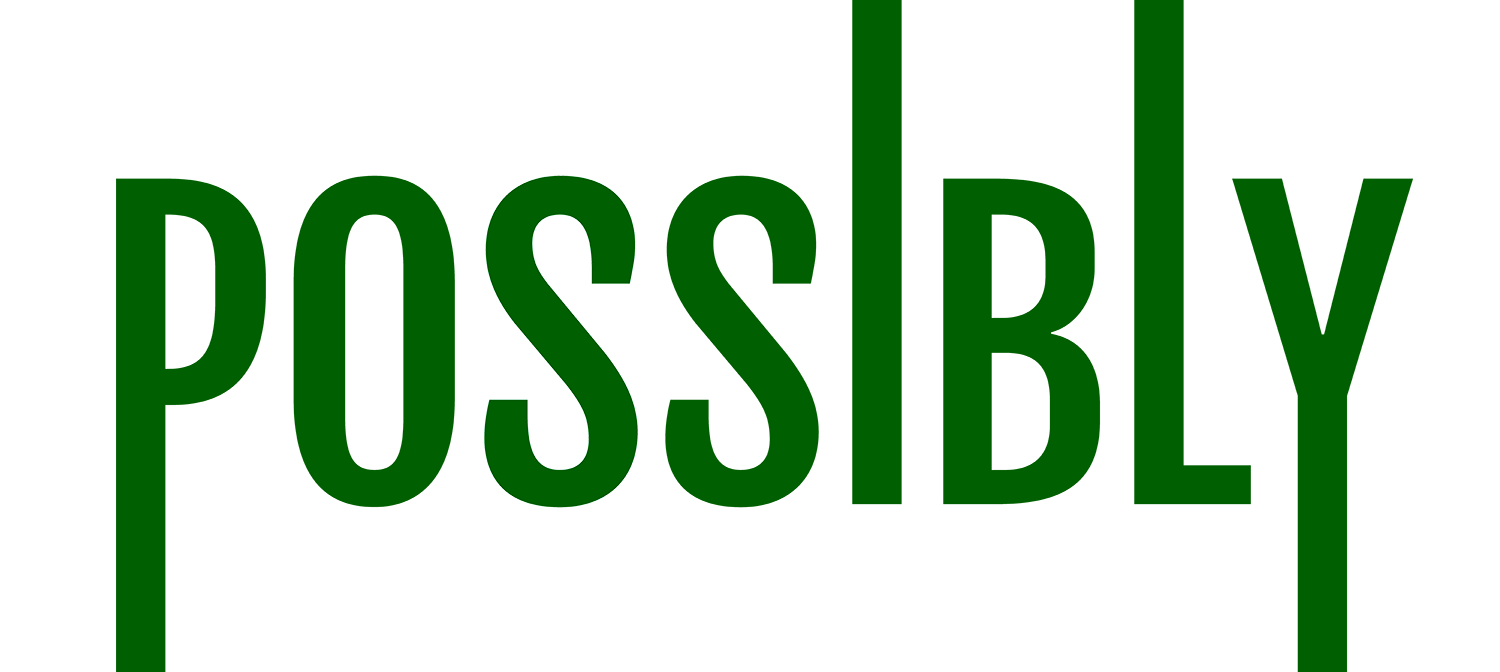
Megan Hall: Welcome to Possibly, where we take on huge problems like the future of our planet and break them down into small questions with unexpected answers. I’m Megan Hall.
Today, we’re talking about how the green spaces along our roadsides could be used to help pollinators. Meg Talikoff and Will Malloy are here to explain. Hi, guys!
Meg Talikoff: Hi, Megan!
Will Malloy: Hello!
Megan Hall: So first of all, what green spaces are we talking about, exactly?
Meg Talikoff: You know when you’re driving along the highway and you see patches of land on the side of the road, between lanes, or next to an off ramp? The government has control over all of those areas.
Will Malloy: Most of these areas are planted with grass, just like a lawn.
Megan Hall: So, what do these patches of grass have to do with pollinators?
Meg Talikoff: Before we answer that question, let’s back up a little bit. Lots of pollinating insects are in trouble right now.
Will Malloy: Half of bee species are currently threatened or endangered.
Meg Talikoff: As a reminder, insects pollinate more than three quarters of our crop plants. We need them to eat.
Will Malloy: Plus, animals and plants depend on them too.
Megan Hall: Why are pollinators struggling so much?
Will Malloy: Kelly Gill is a conservation specialist for the USDA. She says two of the biggest threats to pollinators are loss of food and habitat.
Kelly Gill: We’re losing thousands of acres of habitat a day to development, urbanization, energy sprawl… and it’s hard for the bees to live in these new environments where they don’t have that nutritional display of different flowers.
Megan Hall: That sounds pretty grim. But what does that have to do with the grass on the side of the highway?
Meg Talikoff: Well, it’s an untapped opportunity to give insects the food and habitat they desperately need.
Will Malloy: Lawns are basically biological deserts. They don’t give insects any food. And since they’re mowed often, insects can’t live there safely.
Meg Talikoff: But native wildflowers and grasses are good for all sorts of pollinators.
Megan Hall: So you’re saying we should just plant native wildflowers in those spaces along the side of the road?
Meg Talikoff: Yeah, it’s that simple.
Megan Hall: But, wouldn’t it be expensive to replant all of those patches of land?
Meg Talikoff: Of course, there’s an upfront cost. But, these projects almost always save money in the long run.
Megan Hall: How?
Will Malloy: Grass is usually mowed least six times a year. Native flowers are only mowed once a year, if at all.
Meg Talikoff: And the mowing costs really add up. One study found that if you mow six times a year, grass is 3 and a half times more expensive to maintain than native plants.
Megan Hall: If this plan is affordable and good for pollinators, what’s stopping us from doing it?
Will Malloy: Chris Van Dyke is a Research Scientist at the Kentucky Transportation Center. He told us the biggest issue is pushback from the public.
Chris Van Dyke: Some motorists do still have that preference for a parkland-like aesthetic where the grass is neatly trimmed.
Meg Talikoff: But surveys show that most people either approve of reduced mowing or just don’t care. The complainers are a clear minority.
Megan Hall: So, how do we get native plants next to.the roads where we live, here in Rhode Island?
Will Malloy: If you want to make a project of it, you could submit a plan for roadside wildflowers to one of the Department of Transportation’s occasional calls for proposals.
Megan Hall: Sounds technical!
Meg Talikoff: Yeah. So if you’re not quite up for that, all you have to do is bring up the idea to your town or city planner.
Will Malloy: They’ll work with the state to make sure your request is on the table for the next transportation plan. And more people that call in, the more likely it is to move forward!
Megan Hall: So, I could help get this thing going just by giving my town planner a ring?
Meg Talikoff: That’s right!
Megan Hall: Will do! Thanks, Will and Meg.
That’s it for today. For more information, or to ask a question about the way your choices affect our planet, go to the public’s radio dot org slash possibly. Or subscribe to us wherever you get your podcasts.
You can also follow us on Facebook and Instagram at “ask possibly.”
Possibly is a co-production of The Public’s Radio, Brown University’s Institute for Environment and Society, and Brown’s Climate Solutions Initiative.
The post Could green spaces next to our roads help bees and other pollinators? appeared first on TPR: The Public's Radio.
